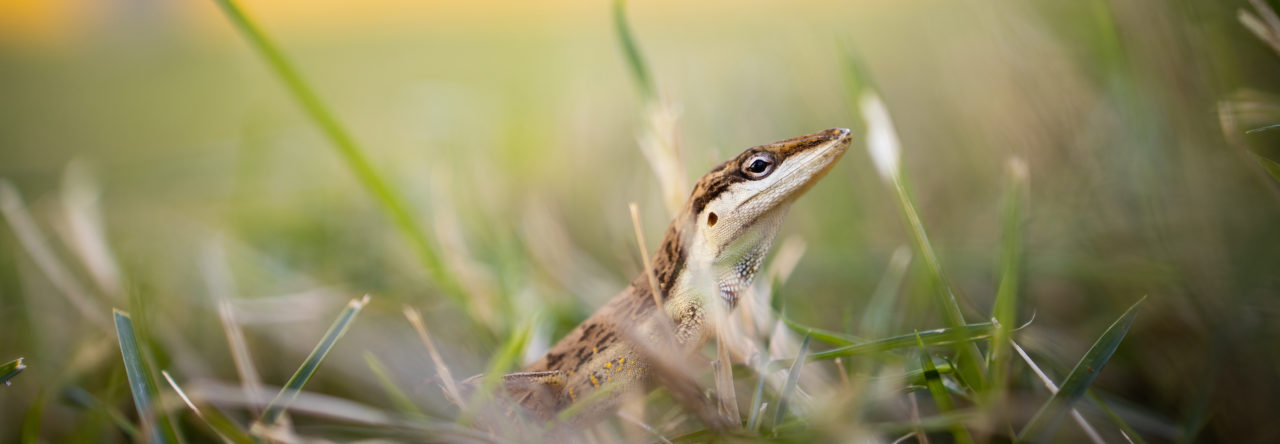The pages of Anole Annals were recently graced with beautiful photos of Anolis embryos (here), their allure attracting attention from far and wide (here). Unfortunately, development doesn’t always go according to plan. While slight perturbations to development can create fodder for natural selection, more extreme phenotypic mutations can create not-so-hopeful monsters (a play on R. Goldschmidt’s theory of hopeful monsters which predicts that relatively large homeotic mutations can contribute to evolutionary saltations). Several years ago I dissected this embryo of A. sagrei. Count the body parts.What do you see?
This is likely one of the most extreme mutant Anolis embryos I have collected. I regularly find dead embryos that appear normal morphologically and died for unknown causes. But this is the other extreme. This embryo clearly possesses a well-developed, seemingly normal head, limbs, and tail. It is even beginning to develop scales on the limbs and body. Without dissection I cannot be precisely sure about the nature of this mutation, but one can readily discern that there is no well-defined body axis, the head, tail, limbs all emerge from a nondescript central mass of tissue. Perhaps
find dead embryos that appear normal morphologically and died for unknown causes. But this is the other extreme. This embryo clearly possesses a well-developed, seemingly normal head, limbs, and tail. It is even beginning to develop scales on the limbs and body. Without dissection I cannot be precisely sure about the nature of this mutation, but one can readily discern that there is no well-defined body axis, the head, tail, limbs all emerge from a nondescript central mass of tissue. Perhaps  more interesting in this light, there also appears to be an axis duplication. Eight limbs, two tails, and two sets of hemipenes are visible, but only one head (note, only one eye is visible but both are present). Can’t see everything? Check out the labeled photos below.
more interesting in this light, there also appears to be an axis duplication. Eight limbs, two tails, and two sets of hemipenes are visible, but only one head (note, only one eye is visible but both are present). Can’t see everything? Check out the labeled photos below.
Read More












